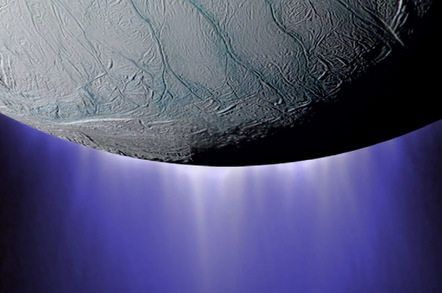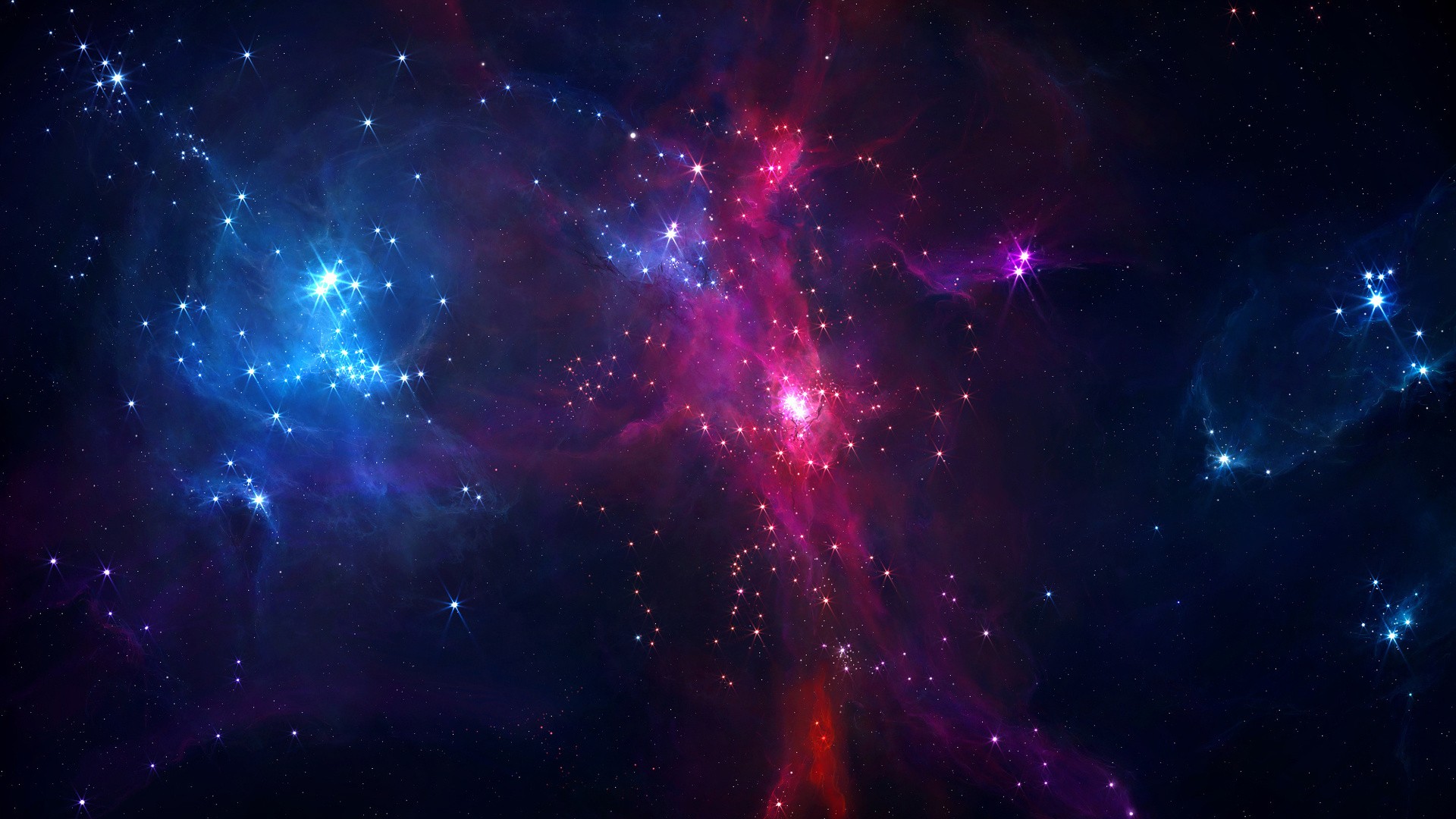
A study zooms in on data that NASA’s Cassini gathered at Saturn’s icy moon and finds evidence of a key ingredient for life and a supercharged source of energy to fuel it.

Kraken Mare, a sea of liquid methane on Saturn's moon Titan, is at least 100-m deep near its center, according to a recent analysis of Cassini's data.

On its final flyby of Saturn's largest moon in 2017, NASA's Cassini spacecraft gathered radar data revealing just how deep some of Titan's lakes are (more than 100 meters) and of their composition.

The mysterious surface of Saturn's huge moon Titan comes into gloriously sharp focus in newly released photos captured by NASA's Cassini spacecraft.

Using mass spectrometry data from NASA's Cassini spacecraft, scientists found that large, carbon-rich organic molecules are ejected from cracks in the icy surface of Saturn's moon Enceladus.

The spacecraft deserves a fond farewell and a round of applause.

Nasa’s Cassini spacecraft is set to commence its final five orbits around Saturn, marking the final phase of its exploration mission of the planet.

Cassini will pass through Saturn’s upper atmosphere during the final five orbits of the mission, before making a fateful plunge into Saturn on 15 September 2017.

A discovery on Saturn's Moon Titan could be an indication of how life begins to emerge throughout the Universe.

Ihe intrepid orbiter sent back some truly stellar pics of the planet's most unusual feature: The raging hexagonal storm on its North Pole.

Before it goes out in a blaze of glory, Cassini has been sending back some of the most incredible images of Saturn and its moons—but one of its latest from Saturn’s rings is especially spectacular.

The Cassini probe has revealed Saturn’s inner-most moon Pan in all its peculiar glory. The spacecraft took the highest resolution images yet of Pan on 7 March 2017 from a distance of 24,572 km.

A sequence of images captured by NASA’s Cassini spacecraft last month are the most detailed pictures ever taken of Saturn’s famous rings, revealing complex, unexplained bands and the movements of dozens of tiny icy moonlets spinning around the planet.

The NASA mission is getting unprecedented views of the ringed gas giant's biggest mystery

For more than a decade, the Cassini spacecraft has been exploring the system of Saturn, some 1.2 billion kilometres from Earth. As the first phase of its final descent begins, we look at what it has discovered about the ringed planet and its moons, and what happens next.